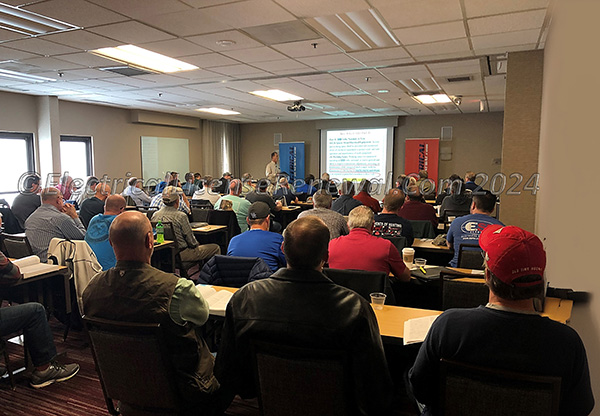Successful False Alarm Reduction Programs.

Successful false alarm reduction programs provide valuable insights and best practices for minimizing false alarms in fire and security alarm systems. These programs often involve a combination of technological solutions, process improvements, and stakeholder engagement to achieve significant reductions in false alarms.
One example of a successful program is the implementation of enhanced verification techniques, such as video verification, to confirm the presence of a real threat before dispatching emergency services. This approach has been shown to reduce false alarms significantly by providing visual confirmation and reducing unnecessary responses.
Another effective strategy is the use of multi-sensor technology, which combines different types of sensors, such as smoke, heat, and carbon monoxide detectors, within a single device. This enhances the accuracy of detection and reduces false alarms caused by single-sensor limitations.
NFPA 72 Section 3.3.77.14 defines a Multi-Sensor Detector as: A device that contains multiple sensors that separately respond to physical stimulus such as heat, smoke, or fire gases, or employs more than one sensor to sense the same stimulus. A device capable of generating multiple alarm signals from any one of the sensors employed in the design, independently or in combination. The sensor output signals are mathematically evaluated to determine when an alarm signal is warranted. The evaluation can be performed either at the detector or at the control unit. This device has listings for each sensing method employed.
Regular maintenance and testing programs are also crucial for reducing false alarms. Ensuring that all system components are functioning correctly and free from dust, debris, and other potential causes of false alarms helps maintain the system's reliability. This includes implementing predictive maintenance practices using AI and analytics to identify and address potential issues before they result in false alarms.
Training and education programs for building occupants and users play a key role in false alarm reduction. Educating users on the proper operation of the alarm system, the importance of regular maintenance, and how to avoid common causes of false alarms helps prevent user errors and ensures the system functions correctly.
Collaboration with local authorities and emergency services can also enhance false alarm reduction efforts. This includes working together to develop protocols for alarm verification and response, sharing data on false alarm incidents, and conducting joint training exercises.
By studying successful false alarm reduction programs and implementing best practices, alarm system providers can enhance the reliability and effectiveness of their systems, reducing the incidence of false alarms and ensuring that true emergencies are responded to promptly and appropriately.